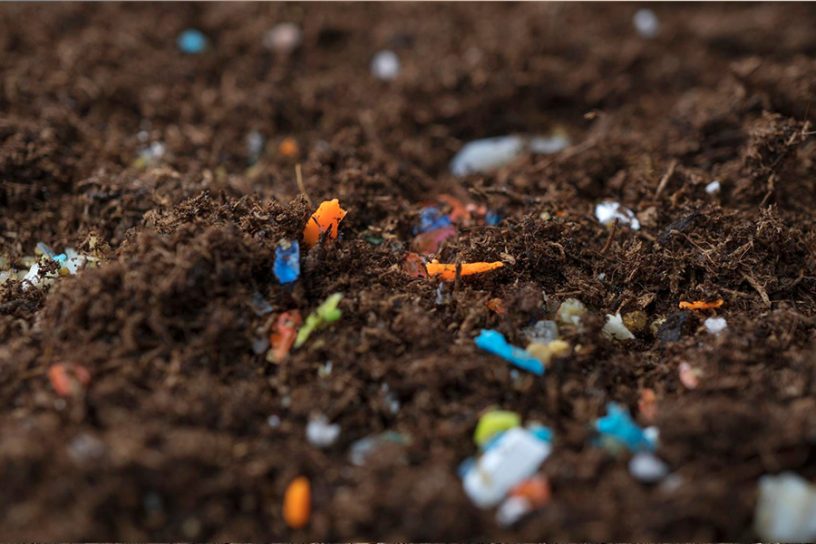
Scientists, planners and policymakers should focus on evaluating possible risk-free alternative techniques to restore polluted soil, air and water bodies by involving local inhabitants and concerned stakeholders.
Authors
Shaista Khan, Faculty of Forestry, Sher e Kashmir University of Agricultural Sciences and Technology of Kashmir, Benhama Ganderbal, Srinagar 191201, Jammu and Kashmir, India.
Tariq H. Masoodi, Faculty of Forestry, Sher e Kashmir University of Agricultural Sciences and Technology of Kashmir, Benhama Ganderbal, Srinagar 191201, Jammu and Kashmir, India.
Nazir A. Pala, Faculty of Forestry, Sher e Kashmir University of Agricultural Sciences and Technology of Kashmir, Benhama Ganderbal, Srinagar 191201, Jammu and Kashmir, India.
Shah Murtaza, Faculty of Forestry, Sher e Kashmir University of Agricultural Sciences and Technology of Kashmir, Benhama Ganderbal, Srinagar 191201, Jammu and Kashmir, India.
Javeed A. Mugloo, Faculty of Forestry, Sher e Kashmir University of Agricultural Sciences and Technology of Kashmir, Benhama Ganderbal, Srinagar 191201, Jammu and Kashmir, India.
Parvez A. Sofi, Faculty of Forestry, Sher e Kashmir University of Agricultural Sciences and Technology of Kashmir, Benhama Ganderbal, Srinagar 191201, Jammu and Kashmir, India.
Musaib U. Zaman, College of Agricultural Engineering and Technology, Sher e Kashmir University of Agricultural Sciences and Technology of Kashmir, Shalimar, Srinagar 190025, Jammu and Kashmir, India.
Rupesh Kumar, Associate Professor, Jindal Global Business School, O.P. Jindal Global University, Sonipat, Haryana, India.
Amit Kumar, School of Hydrology and Water Resources, Nanjing University of Information Science and Technology, Nanjing, China.
Summary
Toxic substances have a deleterious effect on biological systems if accrued in ecosystems beyond their acceptable limit. A natural ecosystem can become contaminated due to the excessive release of toxic substances by various anthropogenic and natural activities, which necessitates rehabilitation of the environmental contamination. Phytoremediation is an eco-friendly and cost-efficient method of biotechnological mitigation for the remediation of polluted ecosystems and revegetation of contaminated sites.
The information provided in this review was collected by utilizing various sources of research information, such as ResearchGate, Google Scholar, the Scopus database and other relevant resources. In this review paper, we discuss (i) various organic and inorganic contaminants; (ii) sources of contamination and their adverse effects on terrestrial and aquatic life; (iii) approaches to the phytoremediation process, including phytoextraction, rhizoremediation, phytostabilization, phytovolatilization, rhizofiltration, phytodegradation, phytodesalination and phytohydraulics, and their underlying mechanisms; (iv) the functions of various microbes and plant enzymes in the biodegradation process and their potential applications; and (v) advantages and limitations of the phytoremediation technique.
The reported research aimed to adequately appraise the efficacy of the phytoremediation treatment and facilitate a thorough understanding of specific contaminants and their underlying biodegradation pathways. Detailed procedures and information regarding characteristics of ideal plants, sources of heavy metal contamination, rhizodegradation techniques, suitable species and removal of these contaminants are put forward for further application. Scientists, planners and policymakers should focus on evaluating possible risk-free alternative techniques to restore polluted soil, air and water bodies by involving local inhabitants and concerned stakeholders.
Published in: Water
To read the full article, please click here.


